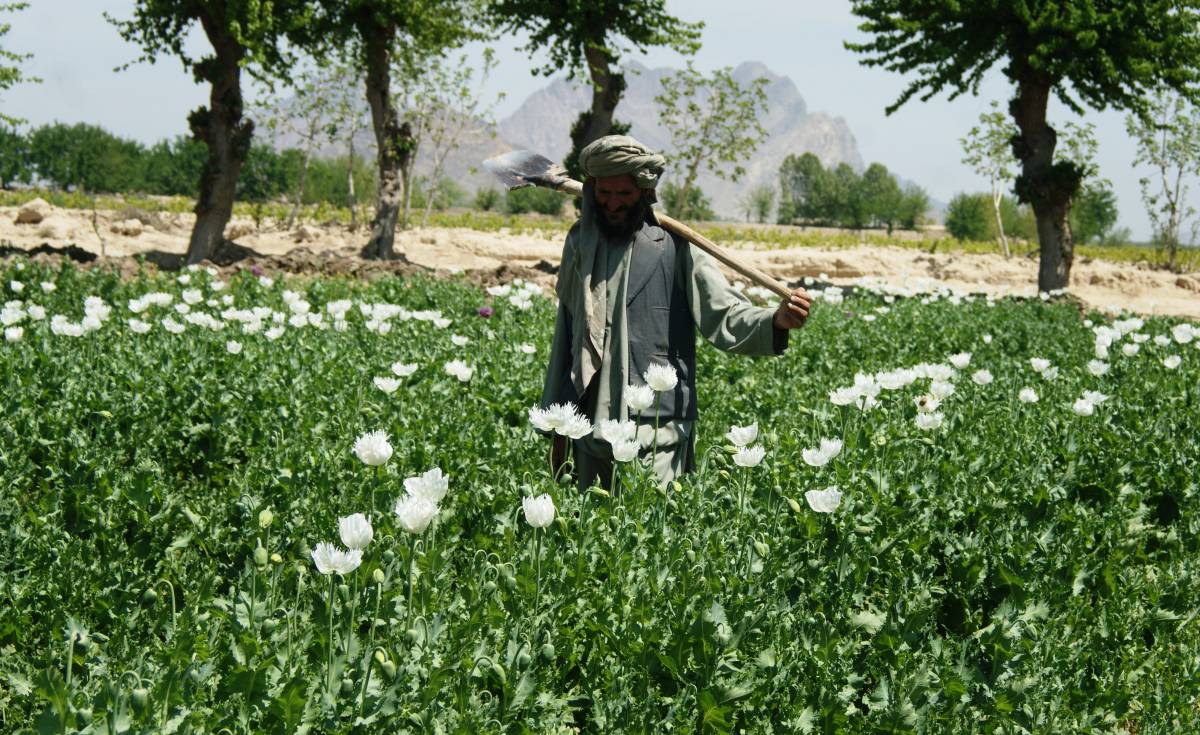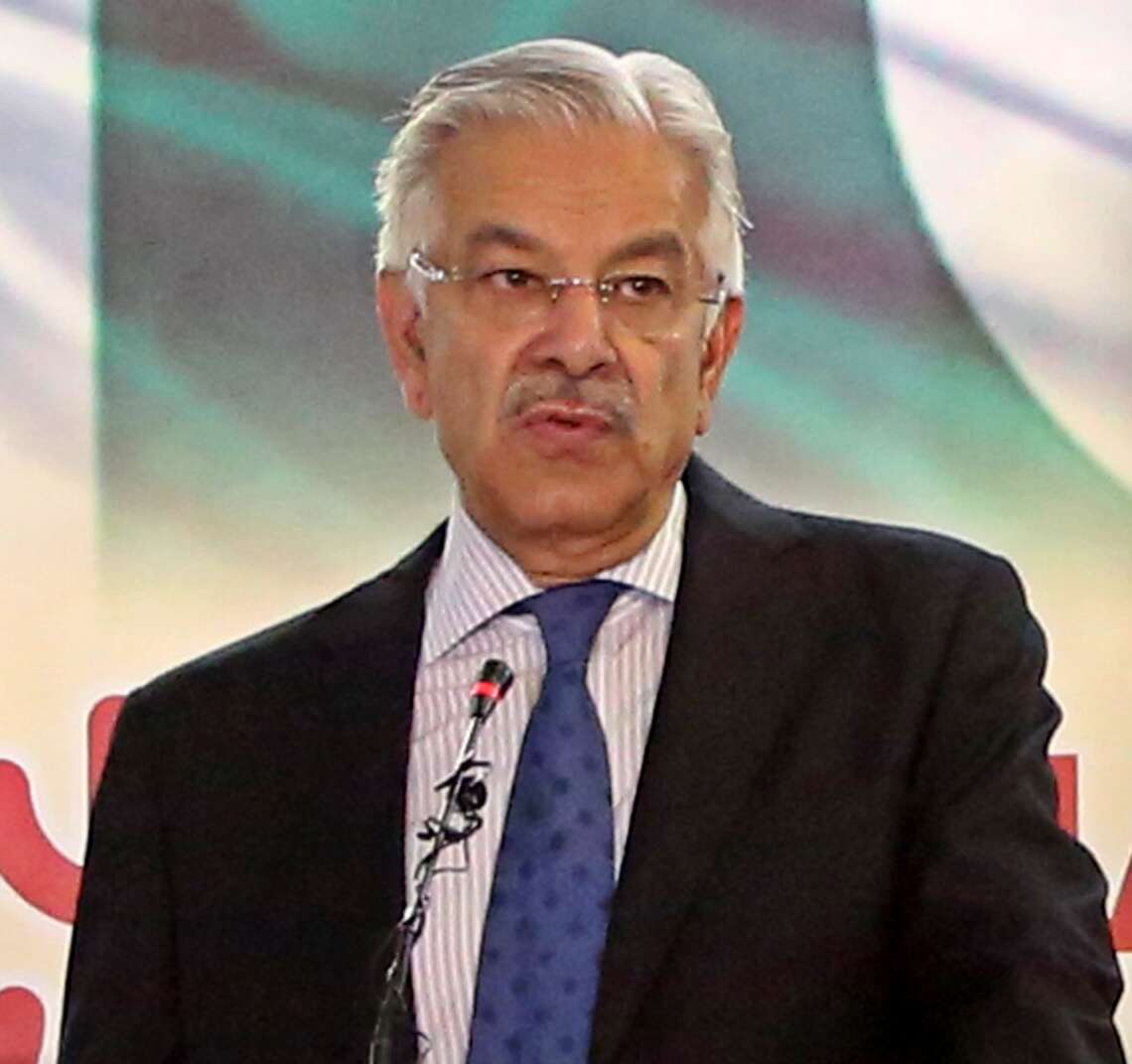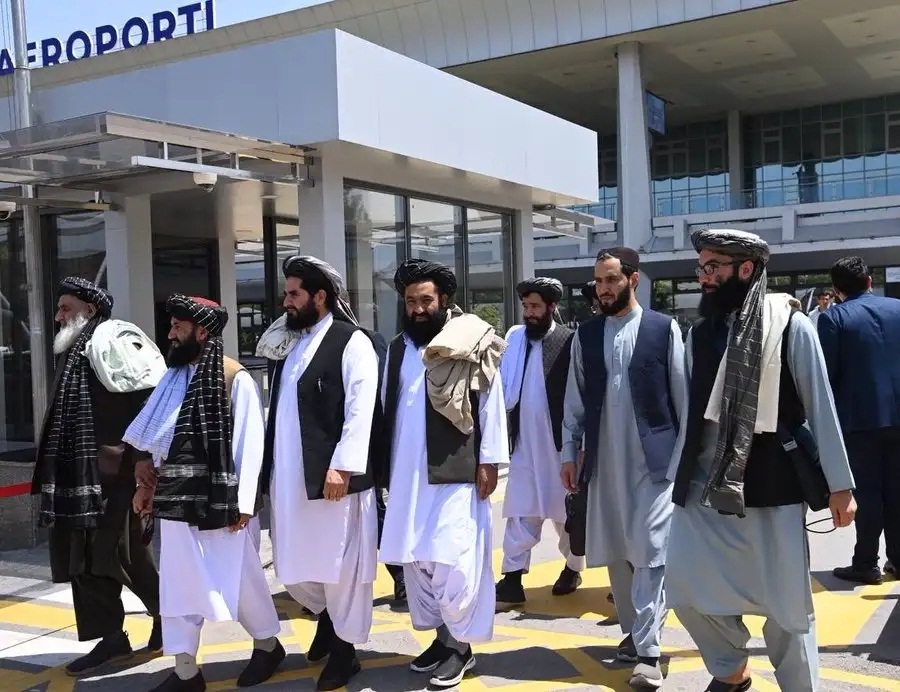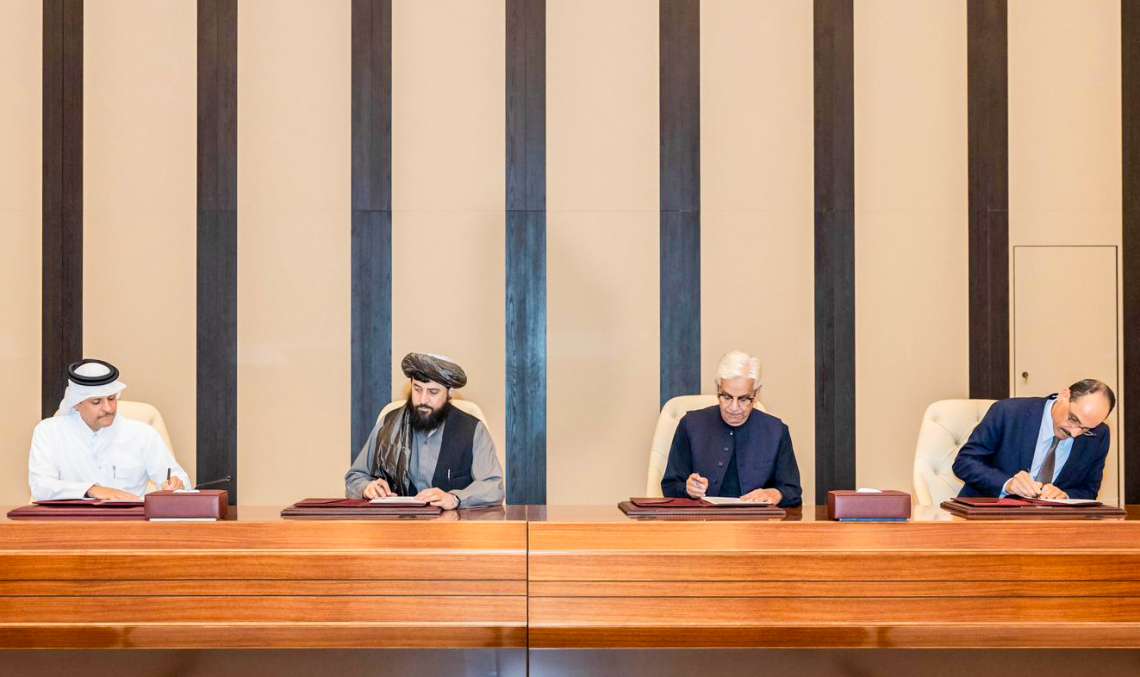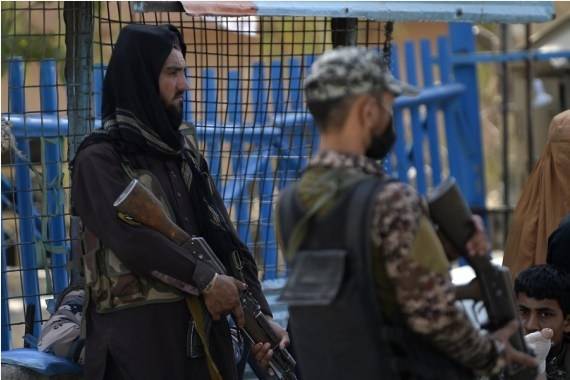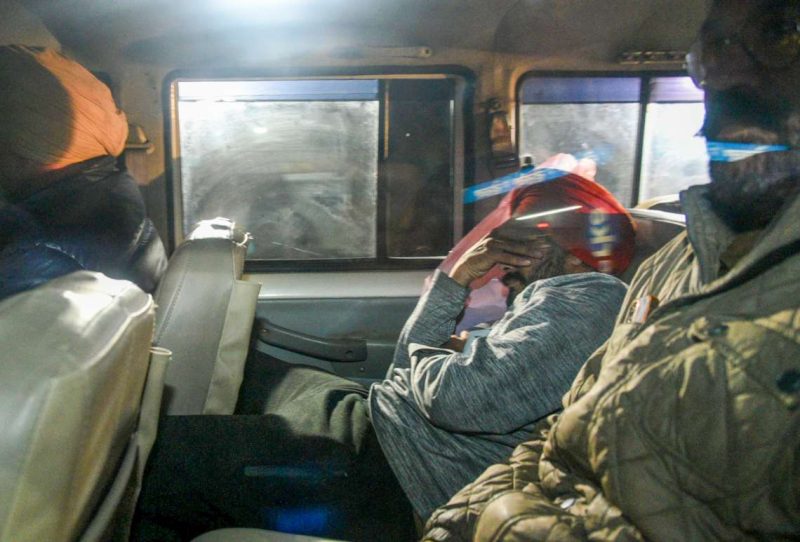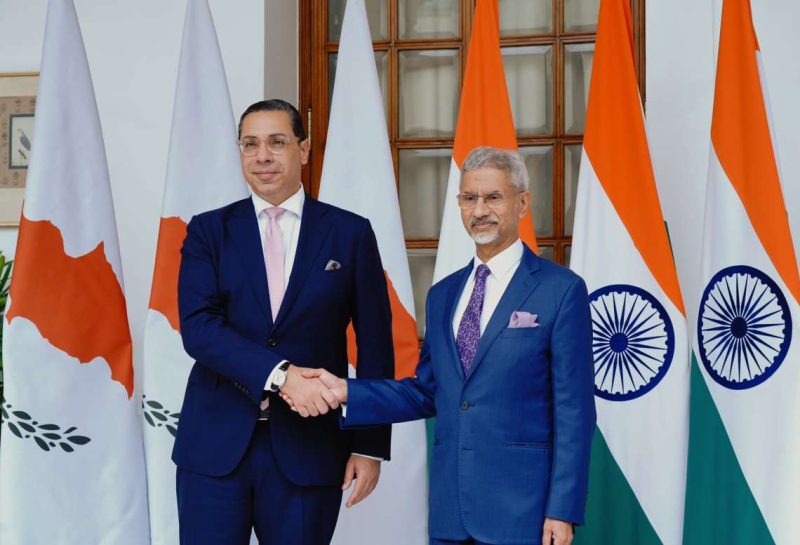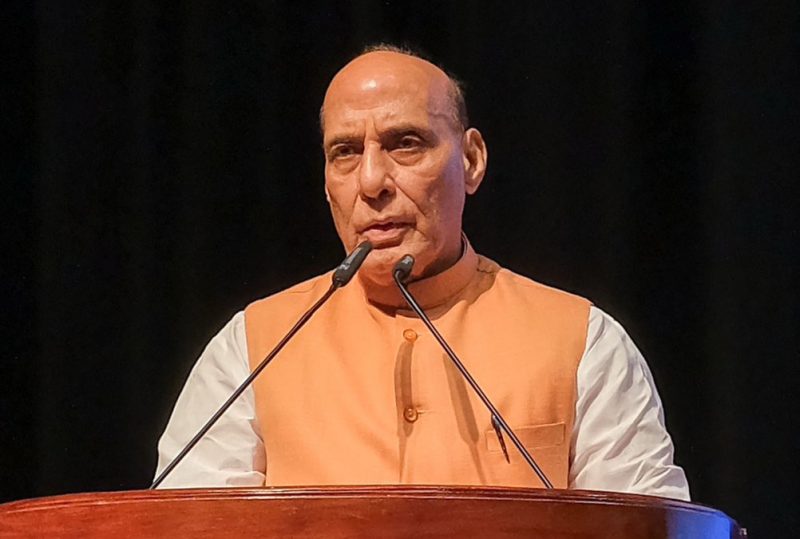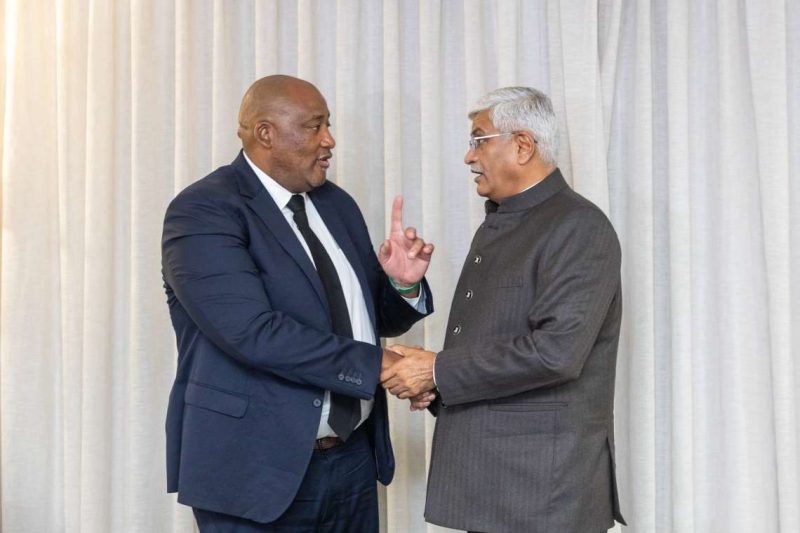The streets of Kabul can be seen with locals putting their household stuff for sale, while small makeshift setups sell heroin at higher prices….reports Hamza Ameer
The Taliban-led government of Afghanistan made an important claim of making the country narcotics-free with a complete ban on drug trade. However, with dried up foreign aids, widespread joblessness, surge in prices and a looming humanitarian crisis due to starvation and drought, the country remains to be the worlds biggest illicit supplier of opiate.
The streets of Kabul can be seen with locals putting their household stuff for sale, while small makeshift setups sell heroin at higher prices.
The prime reason for soaring illegal drug trade and sale in Afghanistan is due to the widespread destruction during the war, due to which, million displaced from their homes.
Foreign aid cuts and losses of spending by departed foreign forces have fuelled to the economic and humanitarian crisis, leaving most of the Afghans with no other option but to take to narcotics trade for survival.
This very dependence is destined to bring more instability in Afghanistan and bring even more challenges for the Taliban led government as many armed groups, ethnic warlords and even public officials have used the same illegal narcotics trade for their profits and power. It would not be wrong to say that opiate production has been a potential boon to the Taliban.
“The Taliban have counted on Afghan opium trade as one of their main sources of income. More production brings drugs with a cheaper and more attractive price, and therefore wider accessibility,” said Cesar Gudes, head of Kabul office of the UN Office of Drugs and Crimes (UNODC).
“These are the best moments in which these illicit groups tend to position themselves to expand their businesses,” Gudes added.
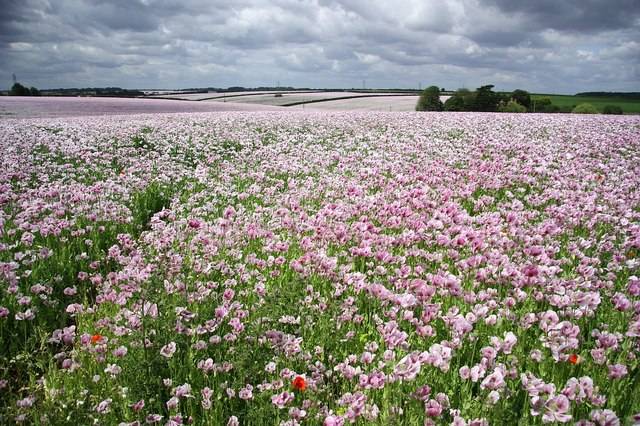
Interestingly enough, the US and other nations have also opted to ignore the threats posed by Afghanistan’s illicit drug business as they have rarely mentioned it.
As per estimates by the UNODC, more than 80 per cent of the global opium and heroin supplies are coming out of Afghanistan.
The US has spent more than $8 billion over the past 15 years in its effort to seize the Taliban from profiting through opium and heroin trade through targeted airstrikes on suspected labs.
However, the strategy failed badly, because Afghanistan remains as the world’s biggest opiate supplier with no probabilities of a stoppage.
Currently, Afghan farmers are growing and planting poppy in their fields while the price of wheat, which is dependent on the rains, is shrinking because of extended droughts.
One Afghan farmer, who sells heroin locally also, detailed how poppy is grown and heroin is extracted from it.
“We grow the poppy plants, then extract opium gum is taken out of it. Then the opium gum is refined into morphine and heroin,” he said.
The booming industry of drug trade in Afghanistan has been estimated to make about a staggering $6.6 billion per anum.
The productions are then exported smuggled to many countries including Africa, Europe, Canada, Russia, Middle East and other parts of Asia.
The Taliban-led government of Afghanistan made an important claim of making the country narcotics-free with a complete ban on drug trade. However, with dried up foreign aids, widespread joblessness, surge in prices and a looming humanitarian crisis due to starvation and drought, the country remains to be the worlds biggest illicit supplier of opiate.
The streets of Kabul can be seen with locals putting their household stuff for sale, while small makeshift setups sell heroin at higher prices.
The prime reason for soaring illegal drug trade and sale in Afghanistan is due to the widespread destruction during the war, due to which, million displaced from their homes.
Foreign aid cuts and losses of spending by departed foreign forces have fuelled to the economic and humanitarian crisis, leaving most of the Afghans with no other option but to take to narcotics trade for survival.
This very dependence is destined to bring more instability in Afghanistan and bring even more challenges for the Taliban led government as many armed groups, ethnic warlords and even public officials have used the same illegal narcotics trade for their profits and power. It would not be wrong to say that opiate production has been a potential boon to the Taliban.
“The Taliban have counted on Afghan opium trade as one of their main sources of income. More production brings drugs with a cheaper and more attractive price, and therefore wider accessibility,” said Cesar Gudes, head of Kabul office of the UN Office of Drugs and Crimes (UNODC).
“These are the best moments in which these illicit groups tend to position themselves to expand their businesses,” Gudes added.
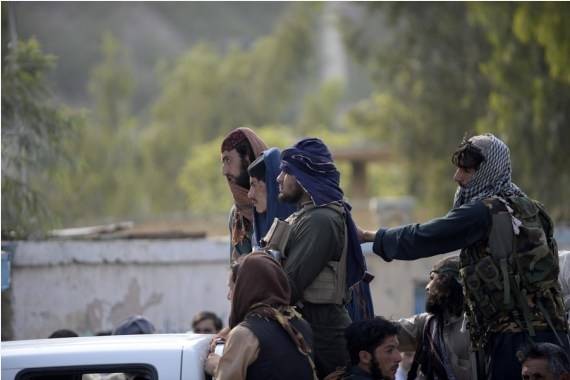
Interestingly enough, the US and other nations have also opted to ignore the threats posed by Afghanistan’s illicit drug business as they have rarely mentioned it.
As per estimates by the UNODC, more than 80 per cent of the global opium and heroin supplies are coming out of Afghanistan.
The US has spent more than $8 billion over the past 15 years in its effort to seize the Taliban from profiting through opium and heroin trade through targeted airstrikes on suspected labs.
However, the strategy failed badly, because Afghanistan remains as the world’s biggest opiate supplier with no probabilities of a stoppage.
Currently, Afghan farmers are growing and planting poppy in their fields while the price of wheat, which is dependent on the rains, is shrinking because of extended droughts.
One Afghan farmer, who sells heroin locally also, detailed how poppy is grown and heroin is extracted from it.
“We grow the poppy plants, then extract opium gum is taken out of it. Then the opium gum is refined into morphine and heroin,” he said.
The booming industry of drug trade in Afghanistan has been estimated to make about a staggering $6.6 billion per anum.
The productions are then exported smuggled to many countries including Africa, Europe, Canada, Russia, Middle East and other parts of Asia.


